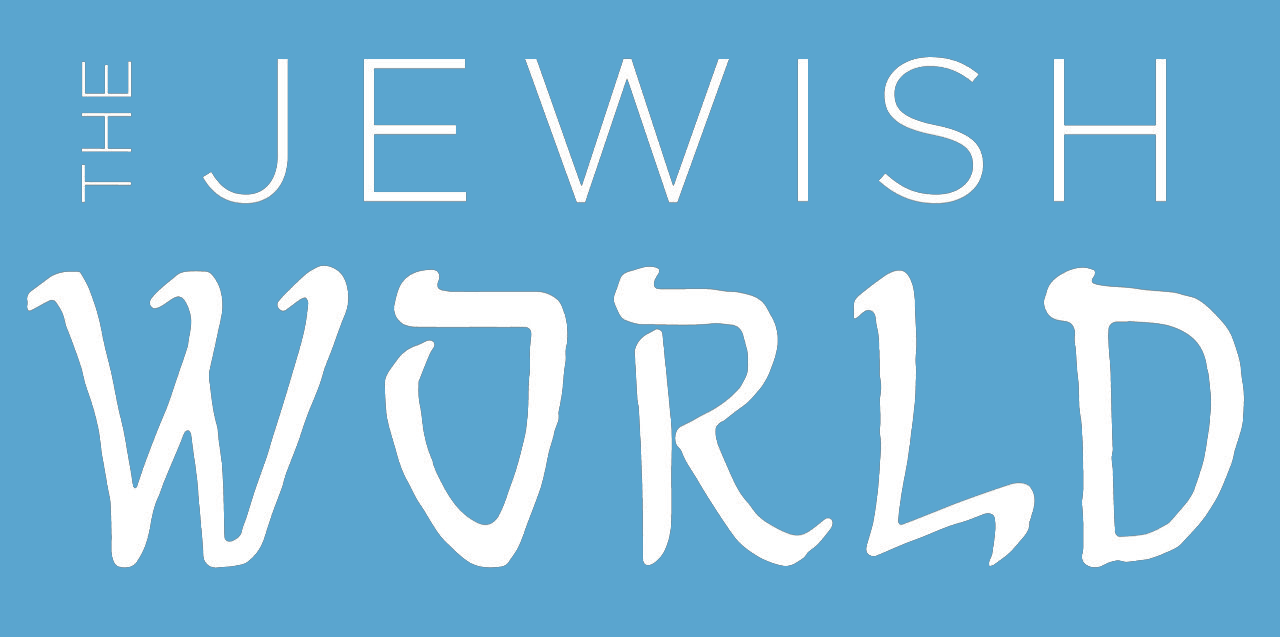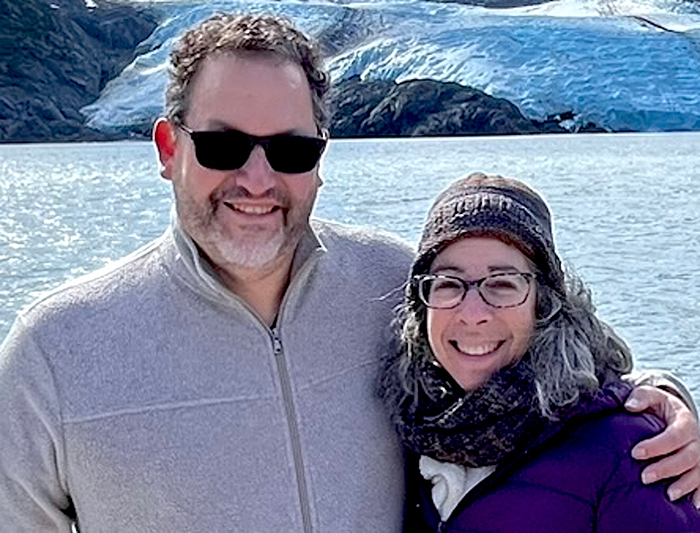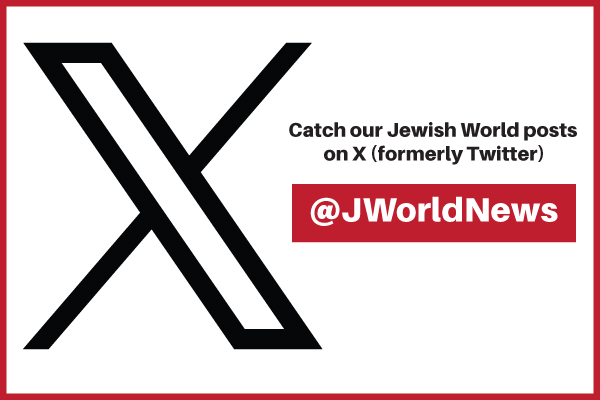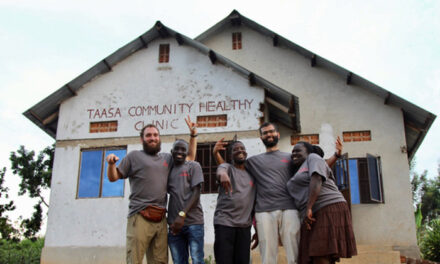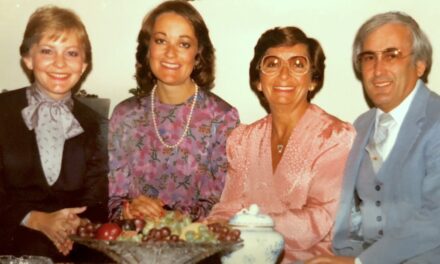JERRY, ROBYN SILVERMAN
By JERRY SILVERMAN
Jerry Silverman is a retired journalist for Bloomberg, the former president of Temple Sinai in Saratoga Springs, and a former member of the Board of Directors of the Jewish Federation of Northeastern New York.
My wife and I just returned from a bucket-list trip to Alaska that included a seven-day Holland America cruise. We saw glaciers, whales, wildlife, the Northern Lights, and had a unique Shabbat experience aboard the ship.
If you’ve ever been on a cruise, you know that there are dozens of activities scheduled for each day. Imagine my surprise when I saw “Shabbat Service Led by the Congregation” on Friday’s activities list, along with things like pickleball, origami, and body sculpt boot camp.
Robyn and I had no idea what to expect when we headed to the Hudson Room, which was set aside for Shabbat at 6 p.m. The room was set up with about 35 chairs, two battery-powered candles, and a stack of the older Reform siddur, Gates of Prayer. Off to the side was a box of black kippot, two challot, a bottle of Baron Herzog chardonnay, and six wine glasses.

Glaciers
OK, Who’s Leading?
There was no rabbi, no lay leader, no staff from the cruise ship. Based on the number of wine glasses, I assumed that they were not expecting a minyan. We did, however, have an eclectic group of 25 Jews and “Jewish-adjacents.” It was a microcosm of the Jewish diaspora: Reform, Conservative and Orthodox from around the country and around the world.
Four people behind us introduced themselves publicly as “Gentiles who support Jews and Israel.” I assumed, based on their identification and southern accent, that they were evangelicals who believed in the prophecy that Israel was an essential prerequisite for the second coming of Christ. (Pardon my stereotype, please.)
Plus Jews For Jesus
If that alone did not make for an eclectic mix, a family of eight from Tennessee, whose men had tzitzit emerging from under their shirts, identified as Messianic Jews.
Surprisingly, there was not much so-called Jewish geography among us. There was only one other person from New York City, Long Island, or New Jersey. We did hit it off with a lovely couple from Australia and shared similar stories about the struggles of Reform synagogues —dwindling membership, tight finances, families leaving after b’nei mitzvah.
So how do a bunch of Jews, Messianic Jews, and Jewish-adjacent Gentiles make Shabbos together without a rabbi or lay leader or a familiar prayer book? It sounds like the opening line for a joke, right? The answer: democratically and haphazardly. Anyone could — and did —name a prayer and then lead it.

The ship
What We Did
Without a leader, a defined order of prayer, or agreed upon tunes, we were left simply with a desire to make Shabbos together. We recited the Shabbat Candle blessing, made our way through the Sh’ma, V’yahavta, the Amidah, Aleinu, Mourner’s Kaddish, and finally “Shabbat Shalom” as a closing song.
An Orthodox woman gave a lovely d’var about the week’s parsha, Eikev, which led us all to share stories of small kindnesses that we had seen or done on the ship. We gathered around the table of wine and challah provided by Holland America and finished our congregation-led Shabbat with Kiddush and a Motzi.
In a way, the evening was as much a social science experiment as it was Shabbat, as a group of strangers awkwardly figured out who would lead, who would sing, who would share his story.
Mostly, it was an affirmation of the centrality of Shabbat. We are a diverse people, crossing different countries and denominations. Yet, our connection to each other, cemented by Shabbat, is so strong and so fundamental that we can come together in sacred community half-way across the world on a ship in the Gulf of Alaska.
